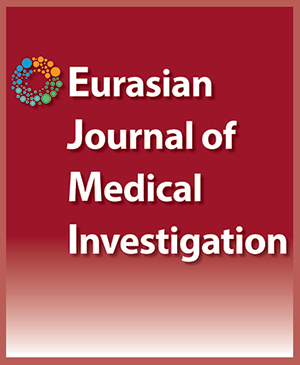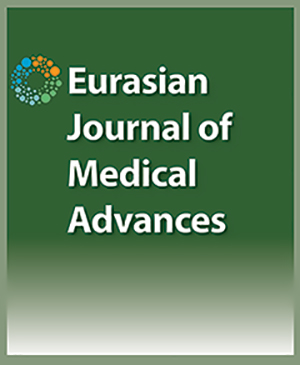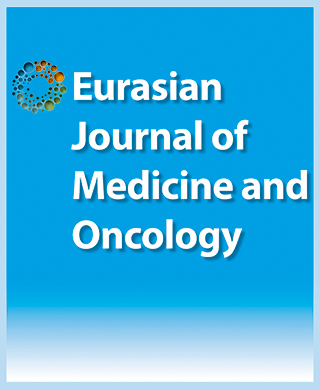
Determination of the Relationship Between Serum Lactate Level and Antenatal Complications and Early Neonatal Outcomes In Hyperemesis Gravidarum Patients
Ezgi Turgut1, Ugurkan Erkayiran1, Burak Karadag1, Vakkas Korkmaz21Department of Obstetrics and Gynecology, Ankara Training and Research Hospital, Ankara, Turkey, 2Department of Obstetrics and Gynecology, Ankara Zekai Tahir Burak Training and Research Hospital, Ankara, Turkey
Objectives: The aim of this study was to evaluate the relationship between pregnancy complications occurring during the gestational weeks of pregnancy with hyperemesis gravidarum and hypoxia by measuring the serum lactate level. Methods: There were a total of 100 pregnant women included in the study, 50 of whom were diagnosed with hyperemesis gravidarum and 50 of whom were diagnosed as having a healthy pregnancy without hyperemesis gravidarum. All of the patients were followed up until full term, and the pregnancy complications and early neonatal evaluations performed during follow-up were recorded. Results: In our study, gamma glutamyl transferase levels and the newborn’s birth weight in the first trimester, blood gas pH level, and the first minute Apgar score were evaluated as having a positive correlation. Similarly, there was a negative correlation between lactate levels and birth weight, first minute Apgar value, and pH level at birth. Conclusion: The hypoxia, lactate elevation, and increased oxidant substances that appeared with compensatory metabolic alkalosis in patients with emerging severe hyperemesis gravidarum had negative effects on newborn weight, Apgar score, and blood gas results.
Cite This Article
Turgut E, Erkayiran U, Karadag B, Korkmaz V. Determination of the Relationship Between Serum Lactate Level and Antenatal Complications and Early Neonatal Outcomes In Hyperemesis Gravidarum Patients. EJMI. 2018; 2(2): 70-75
Corresponding Author: Ugurkan Erkayiran




